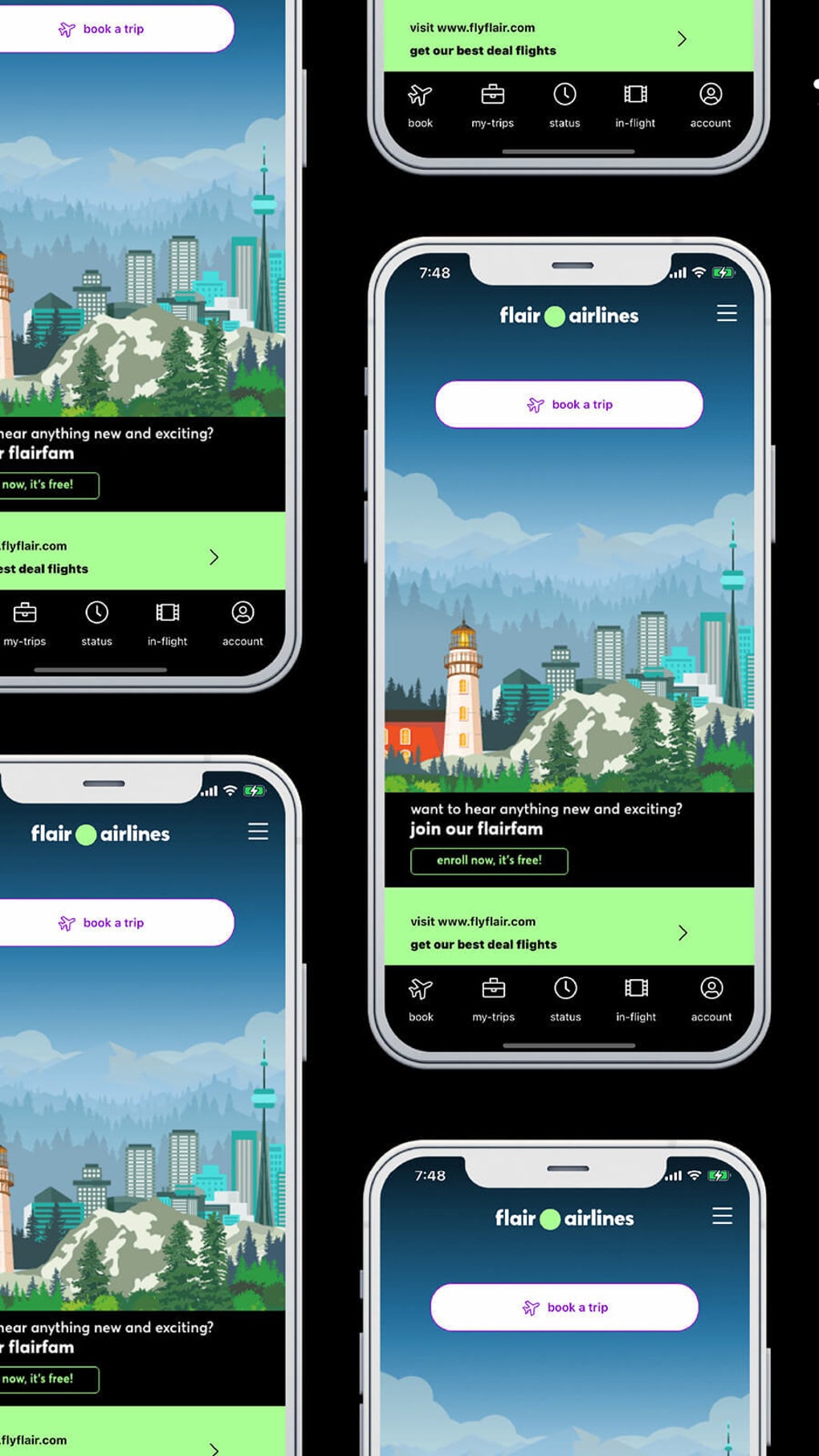In the ever-evolving world of social media, few platforms have captured the attention of users as quickly as Flair. Once hailed as a revolutionary tool for personal branding and content creation, Flair has seen its trajectory shift dramatically in recent years. This article explores what happened to Flair, tracing its rise from a promising startup to a company facing significant challenges.
The Origins of Flair
Flair was initially conceived as a digital tool aimed at helping individuals and brands craft their online presence more effectively. According to the official website, Flair App was designed to streamline the process of personal branding by allowing users to log their thoughts and transform them into engaging content using AI-driven tools. The app promised to make it easy for users to maintain authenticity while leveraging the unique features of different platforms.
The idea behind Flair was simple yet powerful: to create a space where users could express themselves without losing their voice. This concept resonated with many, especially college and university students who were eager to build their own brand on social media.
The Rise of Flair

As Flair gained traction, it attracted a growing community of users who appreciated its innovative approach to content creation. The app’s focus on independent musicians and emerging talent helped it carve out a niche in the crowded social media landscape. Users could upload their music, receive feedback, and grow their audience—all within a supportive community.
Flair’s success was not just about the app itself; it was also about the people who used it. The platform became a hub for creativity, where artists could connect with fans and fellow musicians. This sense of community was a key factor in Flair’s early success.
The Challenges Ahead
Despite its initial success, Flair faced several challenges that would ultimately impact its trajectory. One of the most significant issues was the competition from established social media platforms. As larger companies like Instagram and TikTok continued to evolve and offer new features, Flair struggled to keep up.
Additionally, the broader economic climate posed challenges for startups like Flair. Rising costs and shifting consumer behaviors made it difficult for the app to sustain its growth. In response, Flair began to explore new business models to ensure long-term viability.
The Shift to Charter Flights

Interestingly, the name “Flair” also appears in the context of Flair Airlines, a Canadian ultra-low-cost carrier. While this may seem unrelated, the name’s association with travel and movement adds an interesting layer to the story of Flair the app. Flair Airlines announced plans to end all international flights from the Region of Waterloo International Airport in 2025, which had a significant impact on passengers, employees, and the local community.
This decision by Flair Airlines highlights the challenges faced by businesses in the travel industry, particularly those operating in a competitive market. The airline’s shift to charter flights was a strategic move to secure stable income amid rising costs and lower demand. However, this change also brought uncertainty for many stakeholders, including employees who faced potential job losses.
The Impact on Users and Employees
For users of Flair the app, the changes in the broader business landscape had a ripple effect. As the app navigated its own challenges, some users felt the impact of these shifts. The focus on charter flights by Flair Airlines, while a separate entity, served as a reminder of the volatility of the business environment.
Employees at Flair Airlines faced similar uncertainties. The closure of the crew base at the Region of Waterloo International Airport led to concerns about job security. While the airline offered transfers to other bases, many employees were left questioning their future.
The Future of Flair

As Flair continues to navigate its path, the question remains: what will happen to the app? The company must find ways to adapt to changing market conditions and continue to provide value to its users. This includes investing in new features, enhancing user experience, and exploring partnerships that can help sustain growth.
The broader trend of instability among low-cost carriers in Canada underscores the challenges faced by businesses in the travel industry. Flair Airlines’ decision to focus on charter flights reflects a strategic shift that many companies are making to ensure long-term viability.
What Lies Ahead?
Looking ahead, Flair will need to remain agile and responsive to the needs of its users. This includes addressing the challenges posed by competition, adapting to changing consumer behaviors, and finding innovative ways to engage with its community.
For users, staying informed about updates and changes is essential. By keeping an eye on the app’s developments, users can continue to benefit from the platform’s offerings and contribute to its evolution.
Conclusion
Flair’s journey from a promising startup to a company facing significant challenges illustrates the complexities of the digital landscape. While the app has experienced ups and downs, its impact on the social media ecosystem cannot be overlooked. As Flair continues to navigate its path, the lessons learned from its journey will be valuable for both users and the broader tech community.
Stay updated with the latest news and insights on Flair and other trending topics in the US. Explore today’s headlines and stay informed about the evolving digital landscape.











More Stories
US Trending News: The History and Legacy of Zoo York in Streetwear Culture
US Trending News: Exploring Zach Top Greensboro
US Trending News: The ‘Your Mom’ White House: A Trendy Take on Political Humor